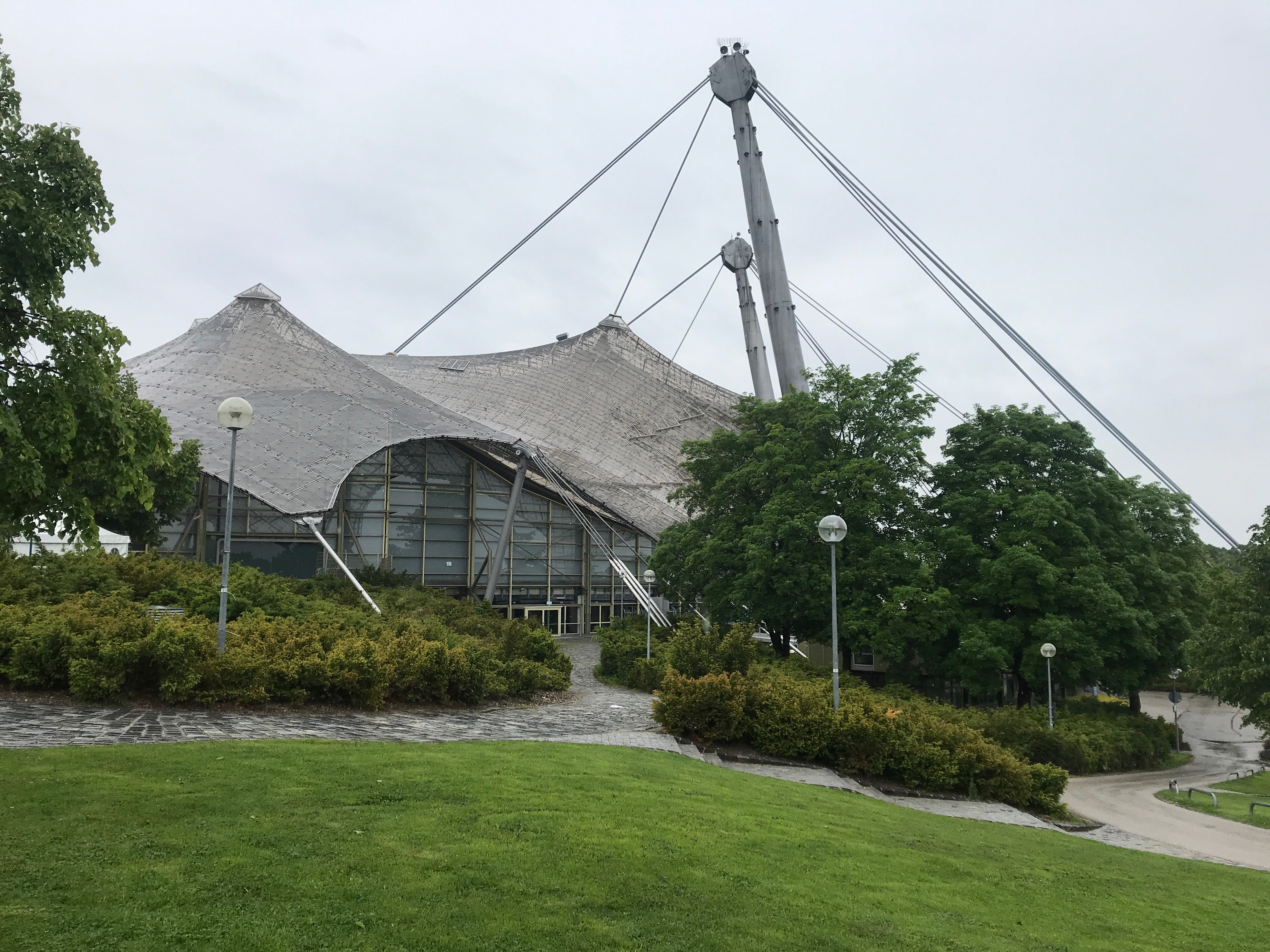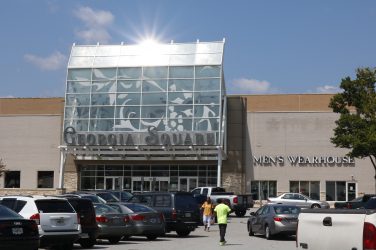Every four years, the world turns its attention — and its TV channels — to the Summer Olympics.
This worldwide attention typically only lasts from the lighting of the Olympic torch until it is extinguished three weeks later. When the games come to a close and the athletes and their fans return home, host cities face the decision of either changing or demolishing the stadiums.
Why It’s Newsworthy: In Munich, the main venue for the 1972 Summer Olympics in Munich, Olympiastadion, still stands in the northern part of the city today. Whether you travel to Munich looking for adrenaline, relaxation, or even a history lesson, Olympiastadion can provide it all.Attention Adrenaline Chasers
If you want a thrill while visiting Munich, you can find energizing activities at the Olympiastadion. According to their website, you can take an exhilarating hike up the steep stadium roof that leads to a stunning look at the city skyline with the Bavarian Alps in the background. This hike leads to a zipline that sends you flying across the stadium for a unique and breathtaking view of the grassy field below.
If you’re looking for a way to get your heart rate up while keeping your feet on the ground, consider the indoor soccer arena, ice skating, programs in the Olympic Swimming Pool, and even a fully-equipped gym for personal training. You can also head outside the stadium for a game of tennis at a complex with 14 clay courts, or rounds of mini-golf and inline skating.
Olympiastadion also attracts the lively side of Munich by hosting sporting events and music concerts.
Or Just Take It Easy
On the other hand, if you’re hoping for a relaxing day, Olympiastadion offers leisurely boat rides on the Olympic Lake Peninsula. You can even unwind after a full day of activities 594 feet above the city in the Olympic Tower or at The Olympiapark Beer Garden.
You can indulge in traditional German food such as wienerschnitzel or apple strudel while the Tower offers 360 degree view of Munich, or try classic Bavarian snacks and beer at one of the Garden’s 100 or more round tables with panoramic views of the Olympic Hill and Lake.
Discover Story behind Unique Look
Olympiastadion also features a chance to learn a significant part of German history through a guided tour that shares the story behind the stadium’s unusual design.
The Architec-Tour explains the construction of the Olympic building and one of its highlights – the peculiar roof structure.
According to German History in Documents and Images, German architect Günther Behnisch and engineers Frei Otto and John Argyris designed the stadium with acrylic glass stabilized by steel cables.
These large sweeping canopies of glass were made with the intent of mirroring the nearby Alps and harmoniously integrate the stadium into the environment. But, the outside is not the only stadium’s only remarkable sight. Steven Johannis from the Marienplatz information center mentions that once you walk inside, you become encompassed by thousands of seats that house people for some of the world’s biggest sporting events and open-air concerts.
“It may looks small on the outside, but once you walk in it is like an amphitheater going into the earth,” Johannis says.
Although Munich’s 1972 Summer Olympic Stadium provides chances for adrenaline and relaxation, this stadium invites you see to the history beyond the fun. The 1972 Summer Olympics were the second to be held in Germany after the 1936 Summer Olympics, which took place in Berlin under a Nazi regime. Munich had the responsibility of hosting the games, but they also had the chance use this as an opportunity to portray post-war Germany in a new light.
While the design of the stadium showcases Germany’s appreciation for their country’s stunning alpine peaks, the structure also helped translate an important message to its citizens after World War II.
The transparency of the glass acted as a physical representation for a new democratic and hope-filled Germany. Further, it was symbolic for the the motto for the games, “The Cheerful Games.”
What Germans had hoped would be “The Cheerful Games” ended with a massacre of Israeli team members. But, the reservation and array of activities made available at the site speak to the German hope for tomorrow.
Even after the flag with 5 multi-colored rings waved for the last time during the Summer of 1972 in Munich and the torch’s flame was extinguished – the light has still continued to shine.
From adrenaline, relaxation, and even a history lesson — Munich’s Olympic Stadium has brought people from all sides of the globe together to celebrate Bavaria’s capital — and it will continue to do so in the years to come.
Gillian McIntyre is a junior majoring in journalism in the Grady College of Journalism and Mass Communication at the University of Georgia.








